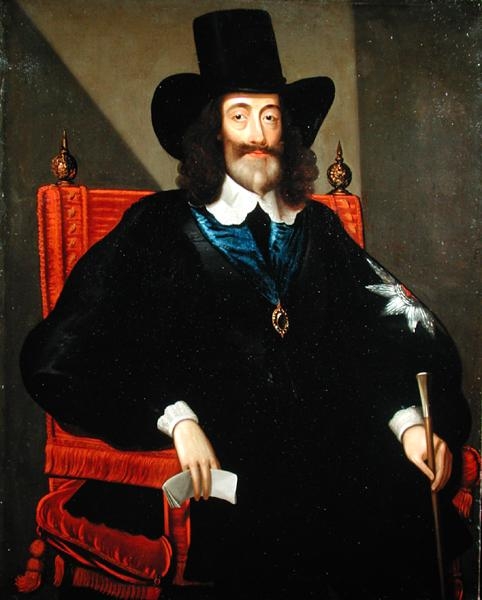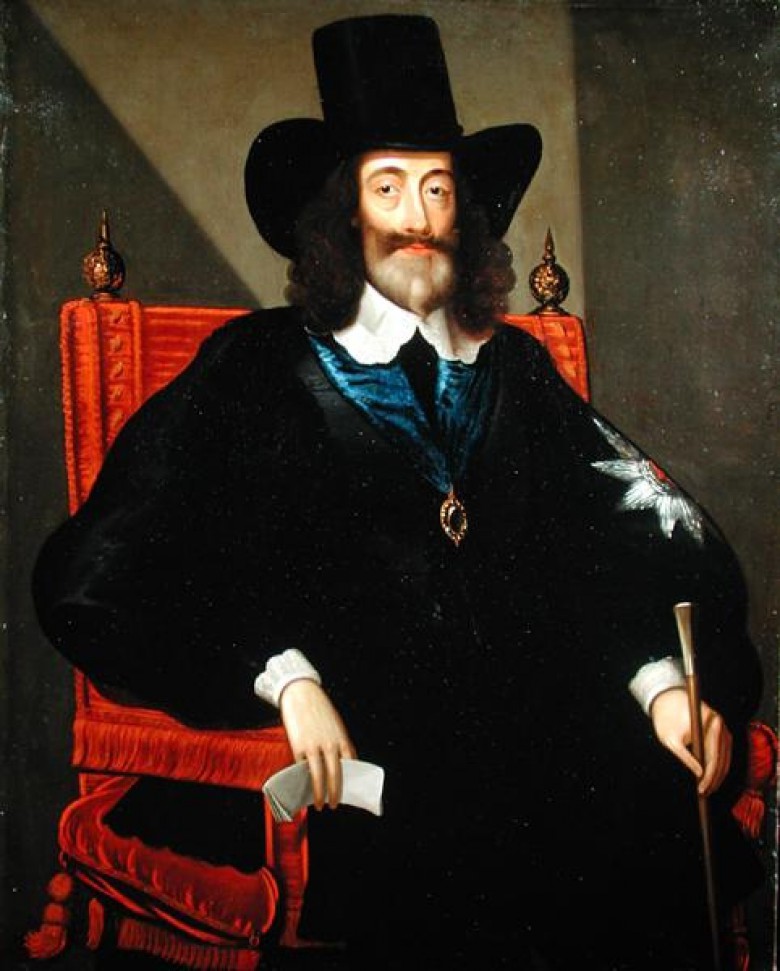20th January 2019
Today in 1649, Charles I was brought to trial at Westminster, accused of being ‘a tyrant, traitor, murderer, and a public and implacable enemy to the Commonwealth of England’. The situation was unprecedented – this was the first time a sitting king had been brought to trial in England, and it would end in Charles’s death and the abolition of the monarchy.
Charles’s relationship with his Parliament had been poor since the beginning of his reign in 1625. There were ongoing tensions over many issues – particularly money – and despite Parliament’s insistence that it had an essential role, Charles was a firm believer that by the Royal Prerogative he could govern alone as he saw fit.
This fight for power eventually lead to the first English Civil War in 1642, with Parliamentarians set against Royalists. After a series of defeats for the Royalists, it ended in 1646 and Charles was held under house arrest by Parliament. But while in captivity, he plotted with the Scots, who planned an invasion on his behalf to restore him to the throne. A second Civil War broke out in 1648, in which the Royalists were once again defeated. Now Charles was to be held personally responsible for inviting the Scots to invade, and causing the deaths of thousands of people. He was to be tried for treason against England.
Charles believed wholeheartedly in the divine right of kings – that the king was responsible to God alone and that no mortal man could judge him – and did not recognise the authority of the court. When John Cooke, the chief prosecutor, began speaking to ask that the charge against Charles be read, the king repeatedly tapped Cooke on the shoulder with his cane, demanding that he ‘hold’. Cooke continued to speak, until Charles hit him hard enough that the silver tip of the cane broke off and fell to the floor. King Charles, who had been waited on hand and foot since birth, looked for someone else to pick it up but no one did. Eventually he reached for it himself, putting it in his pocket.
Throughout the trial Charles refused to enter a plea as he believed that would be to acknowledge the legitimacy of the process. It frustrated the court, and Parliament decided there was no other course they could take but execution. Charles was again brought before them on 27 January. He was refused his title, and referred to only as ‘Charles Stuart’ when he was told that he had been found guilty of the charges against him, and would be put to death.
Charles I was beheaded on 30 January 1649, and England was declared a Commonwealth. This lasted until 1660 and the restoration of the monarchy when Charles’s son, Charles II, was welcomed back from exile to take his throne.
Image: Charles I at his trial, by Edward Bower, c.1650, via Wikimedia Commons.

